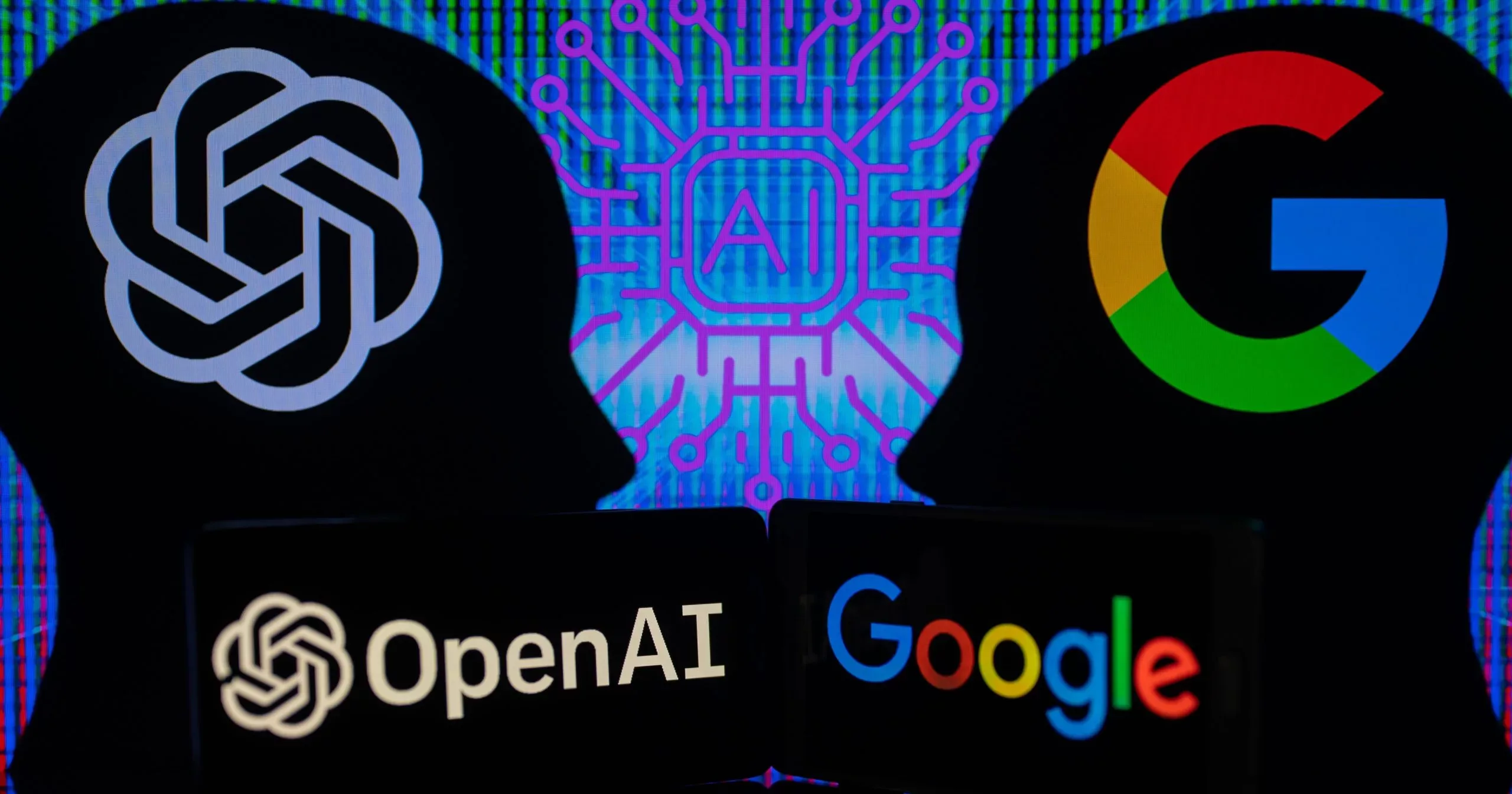The Article Tells The Story of:
- Core Differences and Models: ChatGPT is powered by OpenAI’s GPT-4, while Bard uses Google’s LaMBDA, shaping their responses and functionalities for users.
- Performance Comparison: ChatGPT excels in code generation, problem-solving, and ease of use, while Bard stands out in code refactoring and debugging assistance.
- Additional Features and Costs: ChatGPT offers extensive third-party plugins and a mobile app but requires a $20/month premium for full features. Bard is free but lacks plugin integration.
- Overall Recommendation: ChatGPT is ideal for developers seeking general coding assistance and documentation, while Bard is better suited for in-depth explanations and code optimization.
In the realm of artificial intelligence, the competition between AI chatbots is heating up, particularly between ChatGPT and Bard. While both tools serve a similar purpose—enhancing productivity and facilitating communication—the underlying technology and capabilities differentiate them significantly. This article delves into the nuances between ChatGPT and Bard, offering insights into their functionalities, use cases, and effectiveness. By the end, you’ll understand which model might better suit your needs, whether you’re a developer or a casual user.
Check Out similar Article of ChatGPT Next Big Thing: OpenAI’s New ‘Strawberry’ AI Set to Revolutionize Reasoning-Powered Responses Published on September 11, 2024 SquaredTech
The Core Differences: ChatGPT vs. Bard
At the heart of the disparity between ChatGPT and Bard lies the Large Language Models (LLMs) that power them. ChatGPT operates on the Generative Pre-trained Transformer 4 (GPT-4) model developed by OpenAI, while Bard is built on Language Model for Dialogue Applications (LaMBDA), a creation of Google. These foundational differences shape their responses and usability.
Similar Capabilities
Despite their differing technologies, both AI models excel in several key areas relevant to programmers:
- Suggestions: Both can provide syntax and parameter suggestions for functions and other code constructs.
- Code Completion: They can complete partially written code.
- Debugging: Both models assist in identifying errors in code.
- Code Explanation: They can explain both generated and user-inputted code.
Practical Testing: How They Stack Up
To provide a clearer understanding of their capabilities, we tested ChatGPT and Bard across seven crucial categories: code generation, problem-solving, code refactoring, debugging assistance, third-party plugins/UI extension, ease of use, and cost. Here’s a breakdown of how each performed.
1. Code Generation
When tasked with generating a Python function to return a list of the first 100 prime numbers, both models produced functional code.
- ChatGPT’s Code:
def generate_primes(n):
primes = []
sieve = [True] * (n + 1)
for current in range(2, n + 1):
if sieve[current]:
primes.append(current)
for multiple in range(current, n + 1, current):
sieve[multiple] = False
return primes
primes_100 = generate_primes(550)[:100]
print(primes_100)- Bard’s Code:
def get_prime_numbers(n):
primes = []
for i in range(2, n + 1):
is_prime = True
for j in range(2, i):
if i % j == 0:
is_prime = False
break
if is_prime:
primes.append(i)
return primes
def main():
primes = get_prime_numbers(100)
print(primes)
if __name__ == "__main__":
main()Winner: ChatGPT ?
2. Problem Solving
We tested their problem-solving capabilities with a challenge: write JavaScript code to enhance arrays with a .last() method that returns the last element or -1 if empty.
- ChatGPT Solution:
Array.prototype.last = function() {
return this.length ? this[this.length - 1] : -1;
};- Bard Solution:
Array.prototype.last = function() {
if (this.length === 0) {
return -1;
}
return this[this.length - 1];
};Both models produced valid code, but ChatGPT provided a more thorough explanation of how the code works.
Winner: ChatGPT ?
3. Refactoring Code
For optimizing code, we presented both models with a straightforward refactoring task.
- ChatGPT Response: Suggested a ternary operator but lacked detail.
- Bard Response: Offered an optimized solution along with benchmarking code.
Winner: Bard ?
4. Debugging Assistance
We challenged both models with a flawed Python function. ChatGPT identified a potential ZeroDivision error, while Bard provided a more comprehensive solution with clearer explanations.
Winner: Bard ?
5. Third-Party Plugins & UI Extensions
ChatGPT boasts over 80 plugins for premium users, enhancing its capabilities, while Bard currently lacks such integration. ChatGPT also offers a well-structured API and mobile app for easy access.
Winner: ChatGPT ?
6. Ease of Use
Both chatbots are user-friendly, but ChatGPT allows for more robust conversation history management. Bard limits conversation lengths and lacks the ability to revisit past dialogues easily.
Winner: ChatGPT ?
7. Cost
ChatGPT operates on a freemium model, with a free version and a premium option for $20/month, offering more features and faster response times. Bard is free but requires a Google account for access.
Winner: Bard ?
Conclusion: A Balanced Perspective
In the final tally, ChatGPT emerges as the overall winner with a score of 4 to 3, primarily due to its strengths in code generation, problem-solving, ease of use, and third-party integrations. However, both Bard and ChatGPT have unique strengths that cater to different user needs.
As a developer, consider the following points:
- ChatGPT: Best for documentation generation and general coding assistance.
- Bard: Offers in-depth explanations and refactoring capabilities.
While these tools are powerful allies, it’s crucial to maintain a solid understanding of coding principles and not rely entirely on AI-generated solutions.
Additional Resources
For further exploration of these tools, check out:
These resources will help you get the most out of your coding experience and elevate your productivity. Happy coding!
For More Updates: Artificial Intelligence


